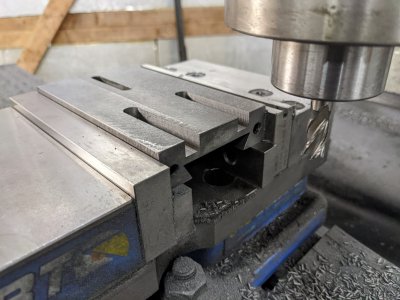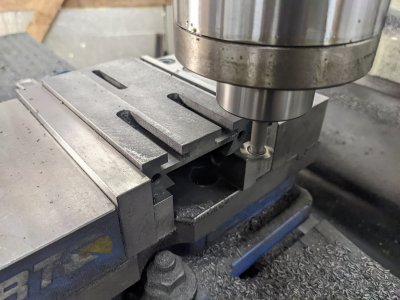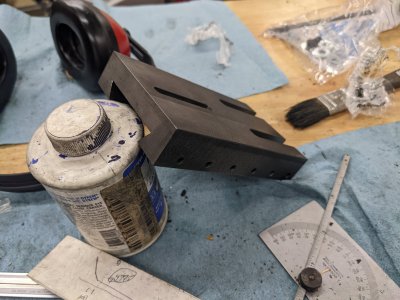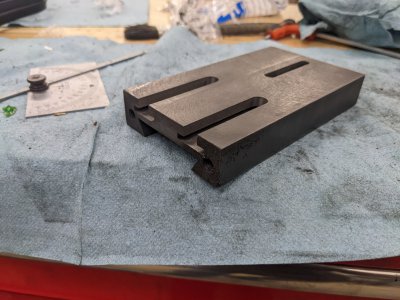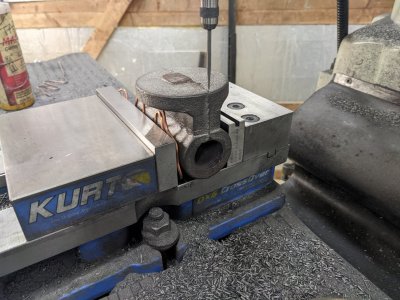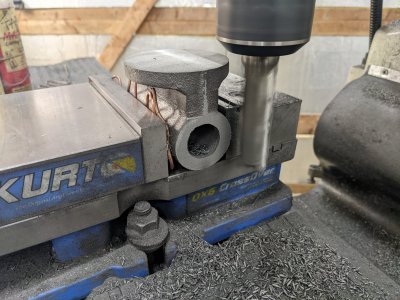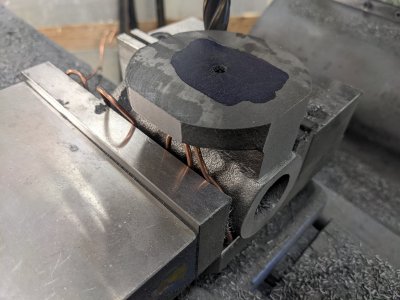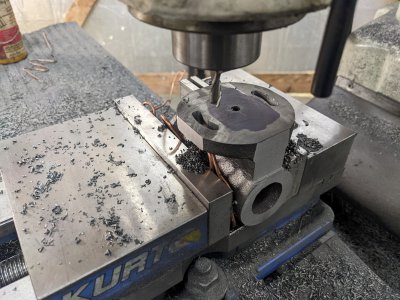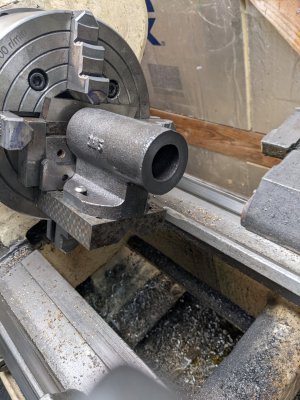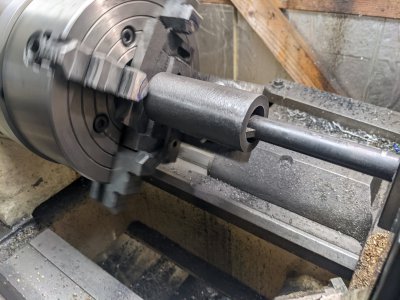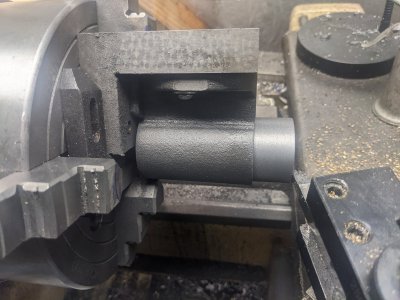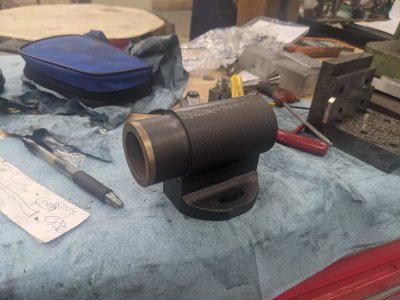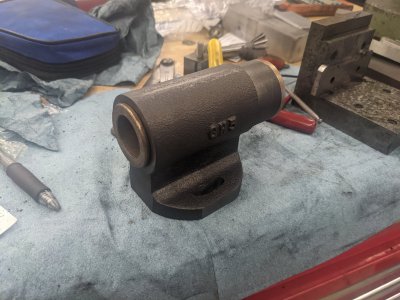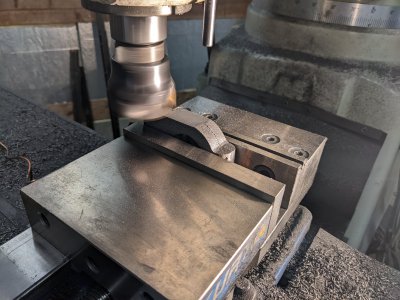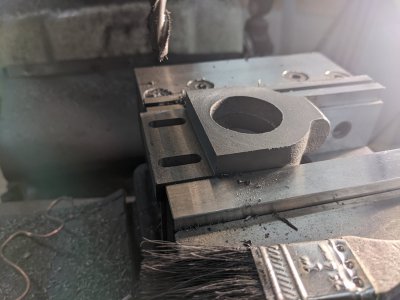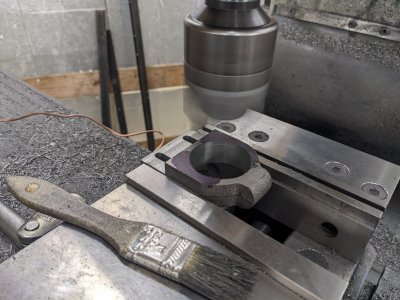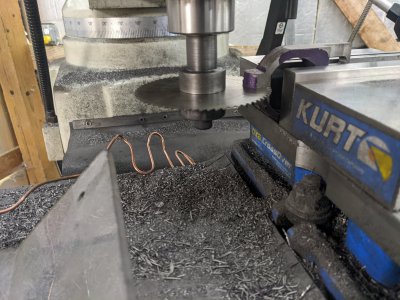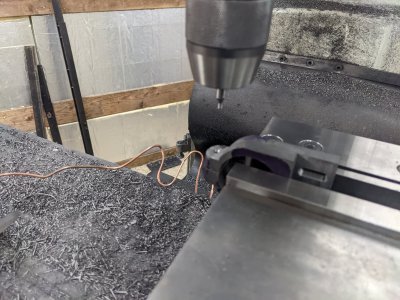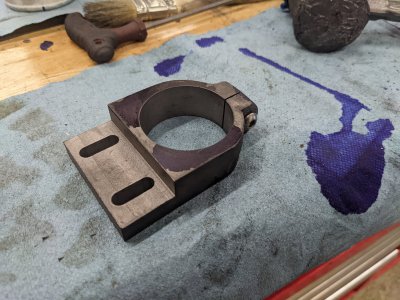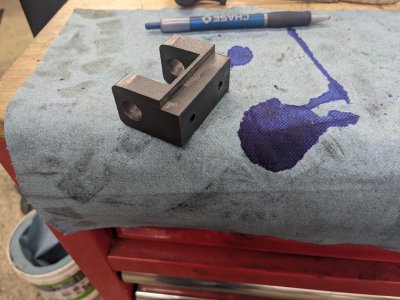- Joined
- Aug 3, 2017
- Messages
- 2,437
I had a cool idea about this project. Instead of using a complex gear drive, could you use an ELS type setup on this machine? Put an encoder on the spindle and a stepper on the gear blank.
I'm sure you could! But there is something that feels wrong about having a gear hobber use an alternative to gears... Also, as a computer guy: I don't trust them new-fangled-computers!
I don't get how a kit that's been around for so long would still have errors in the plans... That's just not right for them to leave it that way.
I think you'll find this is the case in a LOT of casting kits. Many of us are spoiled by PM Research/Stuart type stuff, but as soon as you get out of those, the plans are basically suggestions. Basically what happens is someone decides they want to build some engine/machine/etc, so they cast some parts and go to work, designing as they go.
After the fact, they realize others are interested, so they 1/2-ass a set of plans (sometimes just some weird photo-copies of old PM magazines!), and everyone after the fact has to figure it out.
In this case, this is a machine based on some old PM magazines that some casting-form-students of Gary Martin "designed". For a while Gary sold ONLY the castings without plans, but a previous customer (also a local I think!) did the plans in exchange for a set of castings, and basically reverse-engineered the original, and drew it up. The person who did so isn't a CAD expert (obvious by the complete lack of tolerances, and inconsistent references), and didn't try to WORK off the plans.
There is definitely a level of attention in about 2/3 of the plans, but I suspect (based on the quality of the prints) that at one point he 'rushed' to finish, and filled in some gaps off of memory. There is definitely evidence of design-changes that have been 2/3 changed in the plans.
I suspect that ever since, no one has given the feedback on this, and frankly, I'm unsure how many folks have actually completed this kit. It is QUITE complex, and I see no evidence of any being completed other than the two/three machines in the above story. Thats part of why I'm doing this thread!
I'm sort of keeping a log of what I suspect are errors, but I won't know if the errors are in the plans, or my interpretation of them. A more ambitious version of me would be trying to draw what I make as I go, and I might do so eventually.


